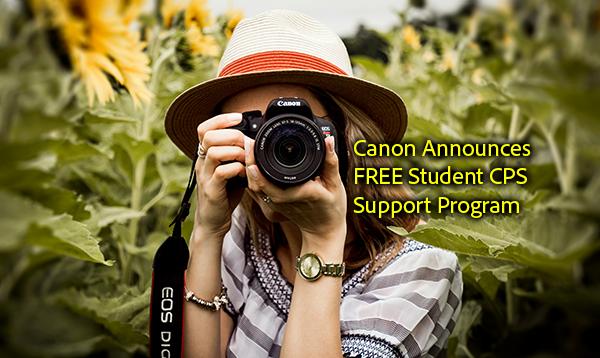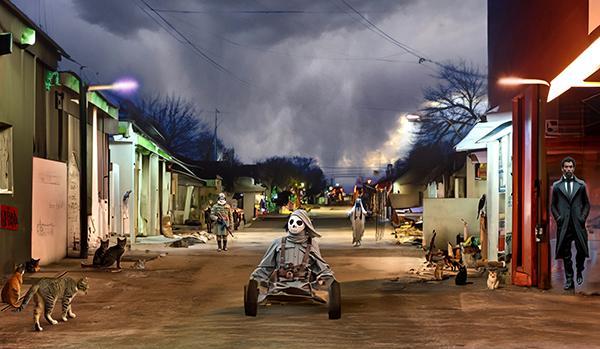|
Nov 15, 2024
|
Nov 07, 2024
|
Oct 25, 2024 |
First Published: Oct 26, 2024
|
Oct 24, 2024
|
Oct 22, 2024
|
Sep 27, 2024
|
Sep 03, 2024
|
Aug 23, 2024
|
Aug 14, 2024
|
Aug 09, 2024
|
Jun 21, 2024
|
May 31, 2024
|
May 24, 2024
|
Mar 01, 2024
















